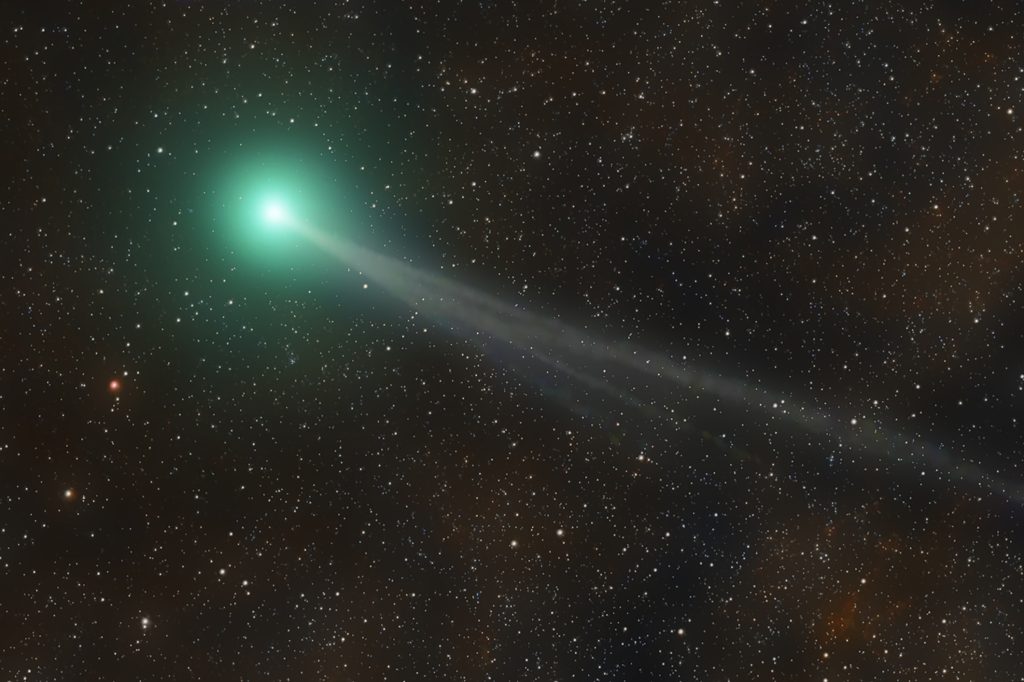A newly found celestial object called Comet Nishimura is presently very near to Earth, giving astronomy aficionados a once-in-a-lifetime chance to see it with the naked eye. The comet, which was just recently discovered, is moving at the astounding rate of 386,000 kilometres per hour.
Comets are thought of as relics from the early development of our solar system, providing important information about the circumstances that existed when the Earth was formed billions of years ago. On September 12, spectators should gaze low in the sky close to the sun since Nishimura is anticipated to be visible in the night sky soon before dawn. It will be visible between 30 and 60 minutes prior to sunrise and after dusk. Although it could be visible without optical aids may enhance the viewing experience.

This is a rare chance since, on average, individuals only get to witness a comet like this with their naked eyes once every ten years. The survival of Nishimura when it passes the sun’s closest point on September 17 is questionable because of its 520-year orbit around the sun.
The comet bears the name Hideo Nishimura after the Japanese astronomer who discovered it on August 11 while shooting long-exposure pictures of the sky. The diameter of the comet, which may be a few hundred metres to as much as a kilometre, is still being calculated by scientists. In addition, the yearly Sigma-Hydrid meteor shower, which occurs in December, may be a result of Nishimura.
Comets, which are made of ice and rock and are remains from the early solar system, get their characteristic tails when they get close to the sun. The recognisable tail is produced when they get closer to the sun because the heat melts the ice gas. Meteor showers are caused when Earth passes through cometary dust and rock fragments.

